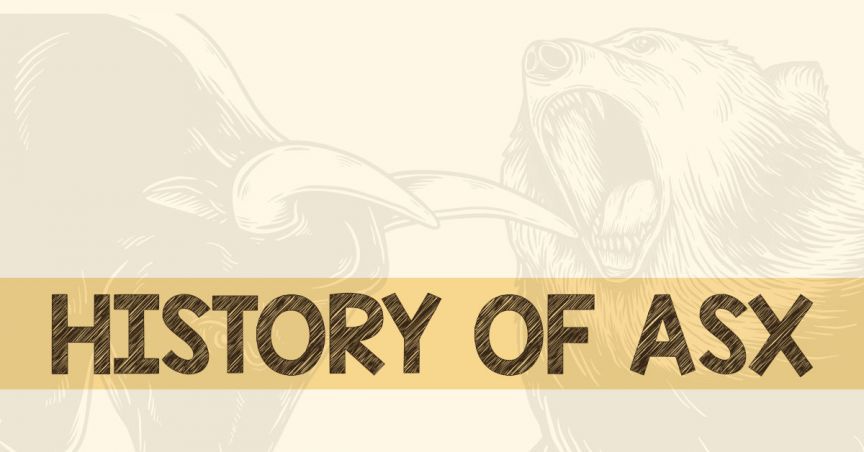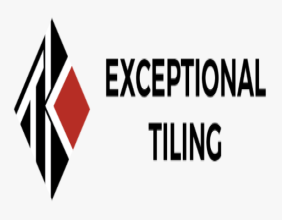Established in 1 April 1987, the Australian Stock Exchange is one of the leading financial market exchanges in the world, offering a full suite of services to capital market participants including clearing and settlement, listings, trading, across a comprehensive range of asset classes like shares, bond, hybrid securities, derivatives, etc and education. It is popularly known as the ASX which was formed by an act passed by the Australian Parliament, which enabled the six-independent state-based exchanges to come along and form ASX. On 1 August 2010, the Australian stock exchange, renamed as the ASX group.
The history of ASX is quite rich and vast. The Australian Associated Stock Exchange (AASE) was the previous version of the ASX, and it was formed in the year 1937. Through this AASE only, the exchange started to work on the listing requirements and other various regulations so as to enable smooth conduct of the day to day affairs on the exchange. Also, the Sydney futures exchange which merged with the ASX in the year 2006 started its operations as Sydney Greasy Wool Futures Exchange (SGWFE), as an exchange providing hedging facilities. In the year 1978, gold futures began trading on the Sydney Futures Exchange.
The All Ordinaries Index was created for the first time in the year 1979, before that there were only regional indices in existence. This index represented the Australian share market in the most wholistic manner.
On 19th of October 1987, the ASX launched Stock Exchange Automated Trading System (SEATS) for facilitating automated trading which proved to be very efficient in handling huge trading volumes. Encouraged with this development within the span of three years all the trading floors closed & all stocks were transferred on SEATS. In the year 2006 post-merger of the ASX and SFE, the SEATS system was replaced by the Integrated Trading System (ITS) which facilitated trading within both cash and derivatives markets.
The All Ordinaries Index was replaced by the S&P/ASX 200 in the year 2000, this brought the Australian stock market the needed attention as the S&P assumed the responsibility for Australiaâs suite of Indices. The ASX began trading in major Foreign Exchange currencies, gold, S&P/ASX 200 & Dow Jones Industrial Average under the umbrella of âContract for differenceâ (CFDâs) from the year 2007.
Over the past 150 years, ASX has facilitated the growth of the Australian corporate sectors by providing it an efficient capital-raising platform and also helped the market participants to build wealth for the future, manage investment and operating risk, and raise capital to fund growth.
As per the ASX, there are around 2,200 companies listed on the trading platform. These companies are divided into 13 sectors, segregated into two categories, i.e., Industrial and resources. Also, currently there are 18 sectoral indices which are available on the ASX platform. With this, ASX is the eighth largest share market in the world based on free float market capitalization and the second largest in the Asia Pacific region with the market capitalization of circa A$ 1.5 trillion.
Disclaimer
This website is a service of Kalkine Media Pty. Ltd. A.C.N. 629 651 672. The website has been prepared for informational purposes only and is not intended to be used as a complete source of information on any particular company. Kalkine Media does not in any way endorse or recommend individuals, products or services that may be discussed on this site. Our publications are NOT a solicitation or recommendation to buy, sell or hold. We are neither licensed nor qualified to provide investment advice.
Â
Â




